What is a Fibre Bundle? A 5 Minute Introduction
Table of Contents
Definition/Summary
Intuitively speaking, a fibre bundle is space E which ‘locally looks like’ a product space B×F, but globally may have a different topological structure.
Extended explanation
Definition:
A fibre bundle is the data group [itex](E, B,\pi, F)[/itex], where [itex]E, B[/itex], and [itex]F[/itex] are topological spaces called the total space, the base space, and the fibre space, respectively and [itex]\pi : E \rightarrow B[/itex] is a continuous surjection, called the projection, or submersion of the bundle, satisfying the local triviality condition.
(We assume the base space B to be connected.)
The local triviality condition states the following:
we require that for any [itex]x \in E[/itex] that there exist an open neighborhood, [itex]U[/itex] of [itex]\pi (x)[/itex] such that [itex]\pi^-1[/itex][itex](x)[/itex] is homeomorphic to the product space [itex]U×F[/itex] in such a manner as to have [itex]\pi[/itex] carry over to the first factor space of the product.
[itex]U[/itex] is called the trivialization neighborhood, and the set of all [itex]\{U_i, \varphi_i\}[/itex] is called to local trivialization of the bundle, where [itex]\varphi_i:\pi^{-1}\rightarrow U×F[/itex] is a homeomorphism.
Visualization
The easiest way of visualizing a fibre bundle is one of the most ordinary household objects: the hairbrush.
In this case the base space [itex]B[/itex]is the cylinder, the fibre space [itex]F[/itex] are line fragments, and the projection [itex]\pi[/itex]: [itex]E[/itex] [itex]\rightarrow [/itex][itex]B[/itex] takes any point on a given fibre to the point where the fibre attaches to the cylinder.
In the trivial case [itex]E[/itex] is simply the product [itex]B×F[/itex], and the map [itex]\pi[/itex] is just the projection from the product space to the first factor (B). This structure is called the trivial bundle.
Examples
Examples of non-trivial bundles are the Möbius strip and the Klein bottle.
In the case of the Möbius strip, the fibre bundle ‘locally looks like’ the flat Euclidean space R^2, however, the overall topology is markedly different.
A smooth fibre bundle is easily constructed with the above definition using smooth manifolds as [itex]B[/itex], [itex]F[/itex], and [itex]E[/itex] and the given functions are required to be smooth maps.
Generalization of fibre bundles may be given in a variety of ways. The most common is to require that the transition between the local trivial neighbourhoods conform to a certain [itex]G[/itex]topological group known as the structure group (or gauge group) acting on the fibre space [itex]F[/itex].
See also: https://www.physicsforums.com/insights/the-pantheon-of-derivatives-i/ (esp. part 3)
This article was authored by several Physics Forums members with PhDs in physics or mathematics.

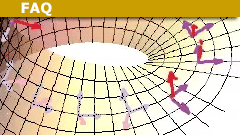

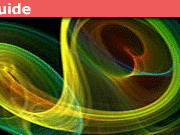
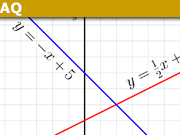
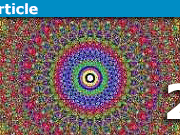
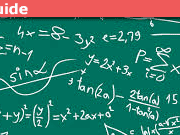
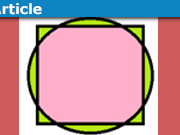

I have removed the language for now